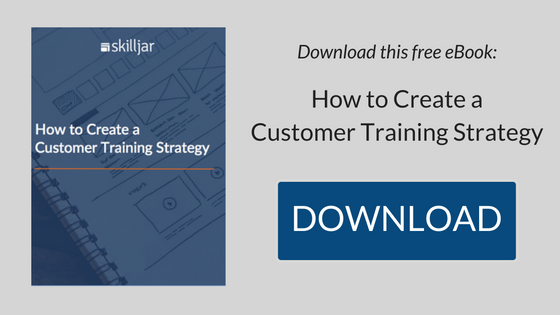
In a recent survey, 45% of workers reported current training offerings aren’t relevant to employees’ daily responsibilities (source: Chief Learning Officer). Why is that? And more importantly, how can you address this issue within your organization?
Whether your courses are designed for internal use, external use (or both), relevance is key. And one of the best ways to get there is through custom content.
With this in mind, here are three questions, which can help you develop more customized content:
1. Who is your course designed for?
Think about the makeup of your organization. You most likely have employees in different roles, such as HR, marketing, sales, and finance, each of whom will have needs and interests, based on their day-to-day responsibilities. Don’t make the mistake of offering them all one generic pre-built course.
Your goal should be to provide students with specific use cases that will resonate with them. So take some time to evaluate your current offerings.
- Which pieces of content truly apply to everyone?
- Are there any small changes you can make to increase relevance for one group of students vs. another?
With an LMS like Skilljar, you can also enable single sign on (SSO) for a more personalized learning experience. That way, when a student logs in using their existing credentials, they’ll only see the courses that matter for their own professional development.
2. What is their knowledge level?
Are you onboarding a new entry-level employee or offering ongoing training to someone, such as a VP of Sales, who has been in your industry for years? Even if both employees are in the same department, they won’t be looking to learn the same information.
To avoid this problem, you may want to use catalog filters to organize the courses in your LMS into categories, such as beginner, intermediate, and advanced. Another option is to turn off sequential learning, so students can skip around to different lessons, rather than following a strict path.
3. How engaging is your content?
Consider how your content will be delivered. Are you using videos, PDFs, or a combination of different delivery methods? When designing your course, remember that not everyone has the same learning style. So even if it’s required to watch a certain video, your students may appreciate having the option to download the content as a PDF, which they can review on their own time.
Want to learn more about creating an effective training strategy? Download the free eBook!

